Digital Drawing Tablet
Drawing Monitor
Accessories
Please select your country/region
North America
South America
Oceania
Europe
Digital Drawing Tablet
Drawing Monitor
Accessories
Please select your country/region
North America
South America
Oceania
Europe
The digital drawing tablet has significantly enhanced the efficiency of both industrial designers and animators. But have you ever wondered about the evolution of these digital art-creating devices, tablets, which have become such a vital part of our creative process? Let's delve into the fascinating journey of the digital drawing tablet.
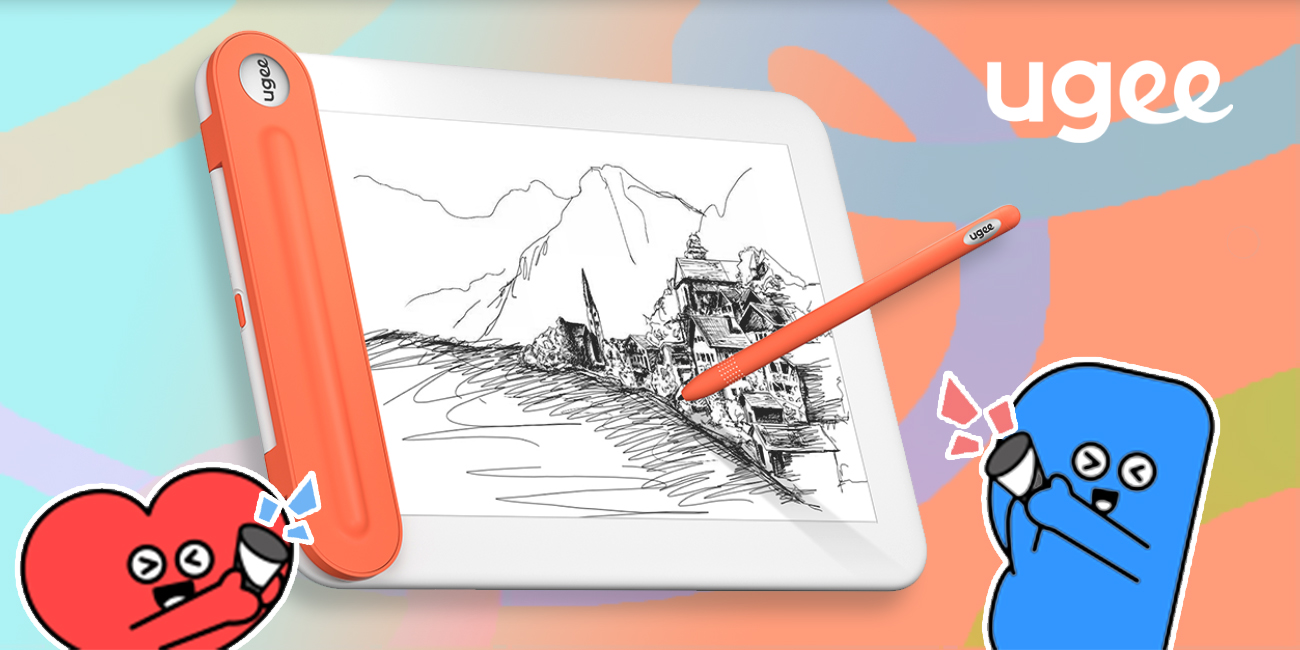
In 1888, well before the invention of computers, American electrical engineer ELISHA GRAY introduced the most primitive digital drawing tablet, the TELAUTOGRAPH. This invention marked the world's first foray into electronic drawing tools. It operated on the principle of using electronic components to detect the X and Y positions of the pen tip, subsequently converting these electrical signals into audio signals for image transmission through telephone lines.
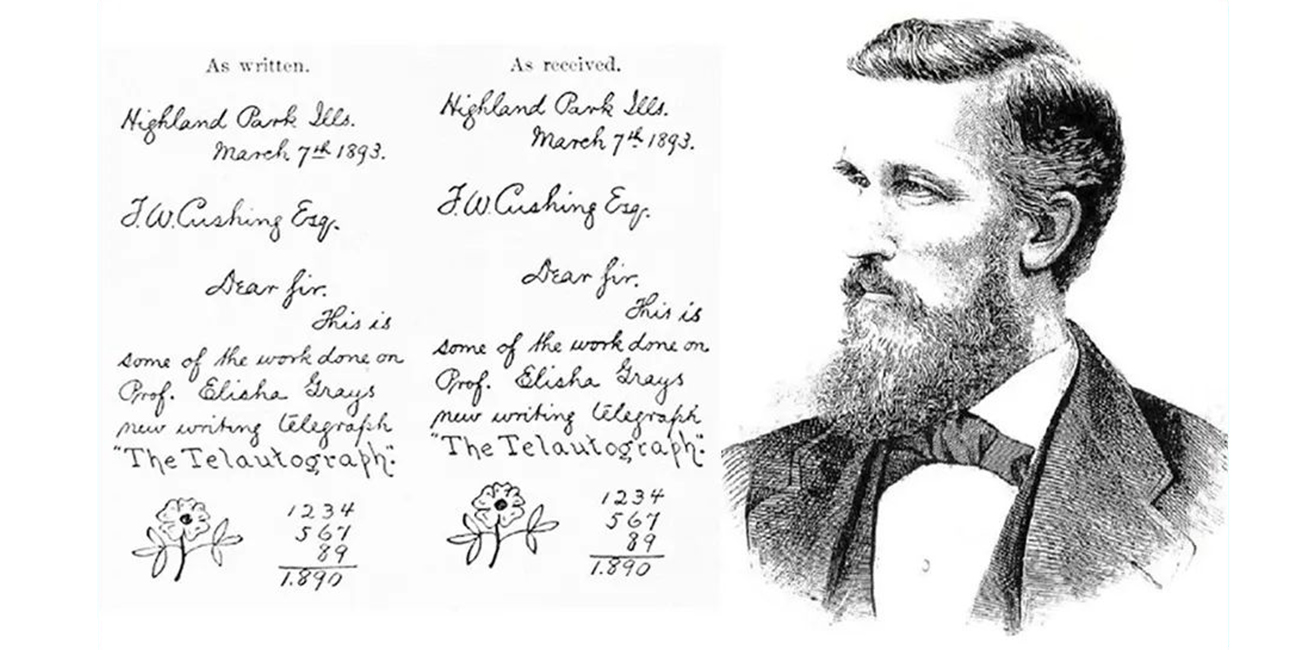
Throughout the 1960s, digital drawing tablets found their primary applications in scientific research and engineering design. These tablets consisted of a programmable circuit board and an amplifier, necessitating the use of special pens and paper. This is the primary looks of drawing tablets. Notably, they remained expensive and mainly within reach of a select group of professionals.
From the 1970s to the 1990s, the digital drawing tablet embarked on a journey of rapid expansion. With the concurrent development of computers, digital drawing tablet tech in China matured, offering a more comprehensive array of choices for novice users.
The 1970s ushered in the advent of microcomputers and software, opening up new horizons of application for digital drawing tablets.
By the 1980s, these tablets underwent significant improvements in accuracy and resolution. The 1990s witnessed the integration of features like pressure sensitivity, tilt detection, and automatic capture, vastly enhancing flexibility and precision. They soon found extensive applications in the realm of artistic creation.
Entering the 21st century, digital drawing tablets evolved into touch-screen variants, catering to a broader spectrum of creative needs. Game developers began employing digital drawing tablets for character and scene design, while these tablets also found their place in the entertainment industry, streamlining the production of movies and animations.
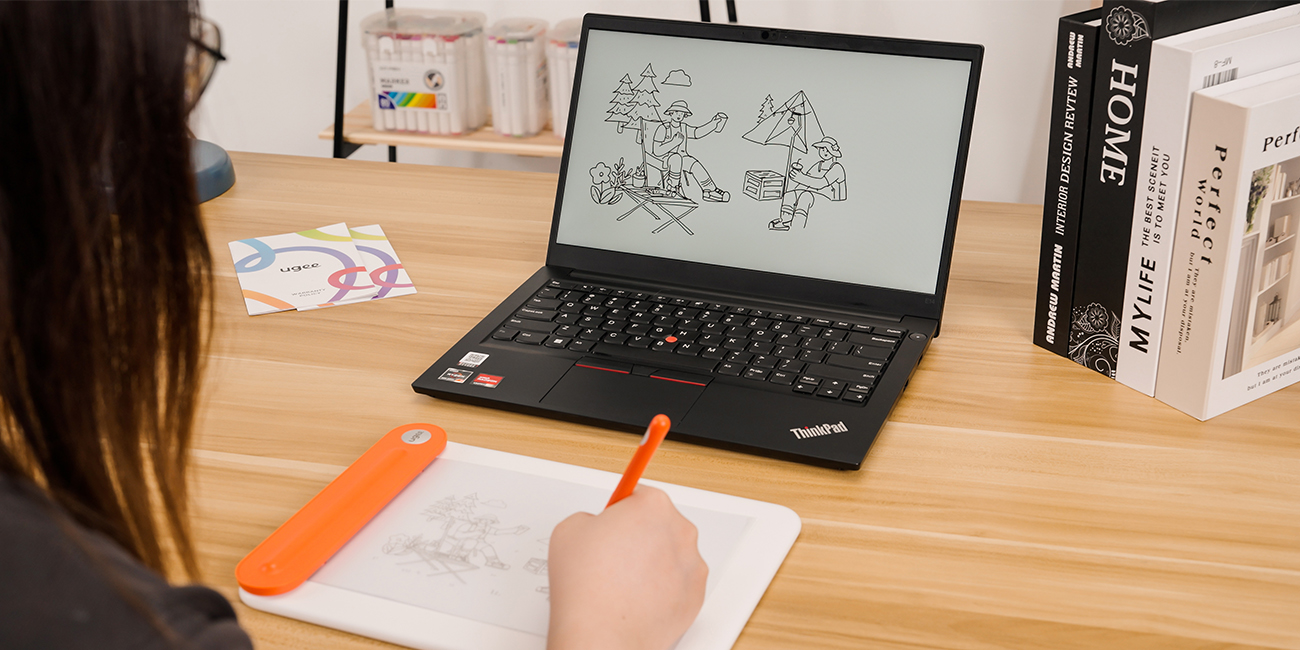
With the continual advancement of technology, digital drawing tablets continue to ascend in terms of upgrades and refinements. Today, ugee offers an array of features, including multi-touch capabilities, Bluetooth 5.0 connectivity, high-pressure sensitivity, high resolution, and rapid reading speeds, all at affordable prices for aspiring artists. For instance, while Bluetooth 5.0 connectivity was once prohibitively expensive, it is now accessible for just a little over thirty US dollars.
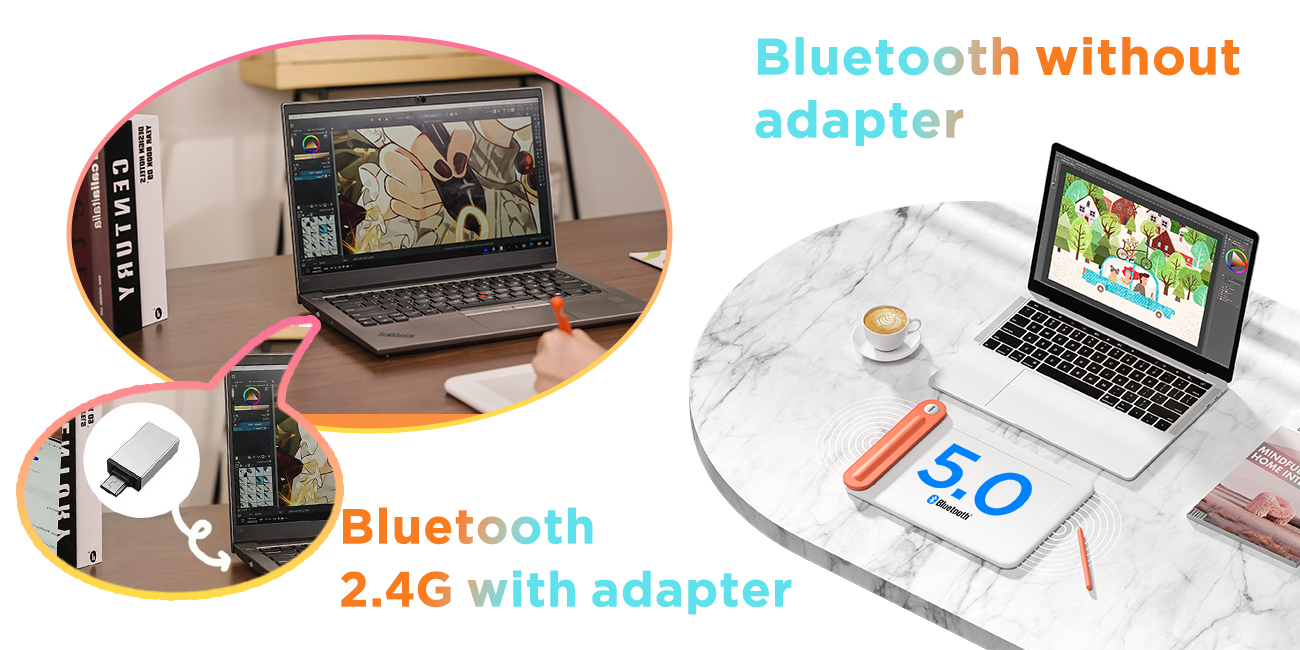
Moreover, our product designers have grown increasingly attuned to the finer aspects of the user experience. For instance, traditional drawing pens were often unwieldy and bulky. However, designers recognized that cells with a pencil-like, ergonomic design better suited users' habits, facilitating a smoother transition from traditional to digital drawing. This design refinement, particularly beneficial to beginners, has made finely designed pens a staple.
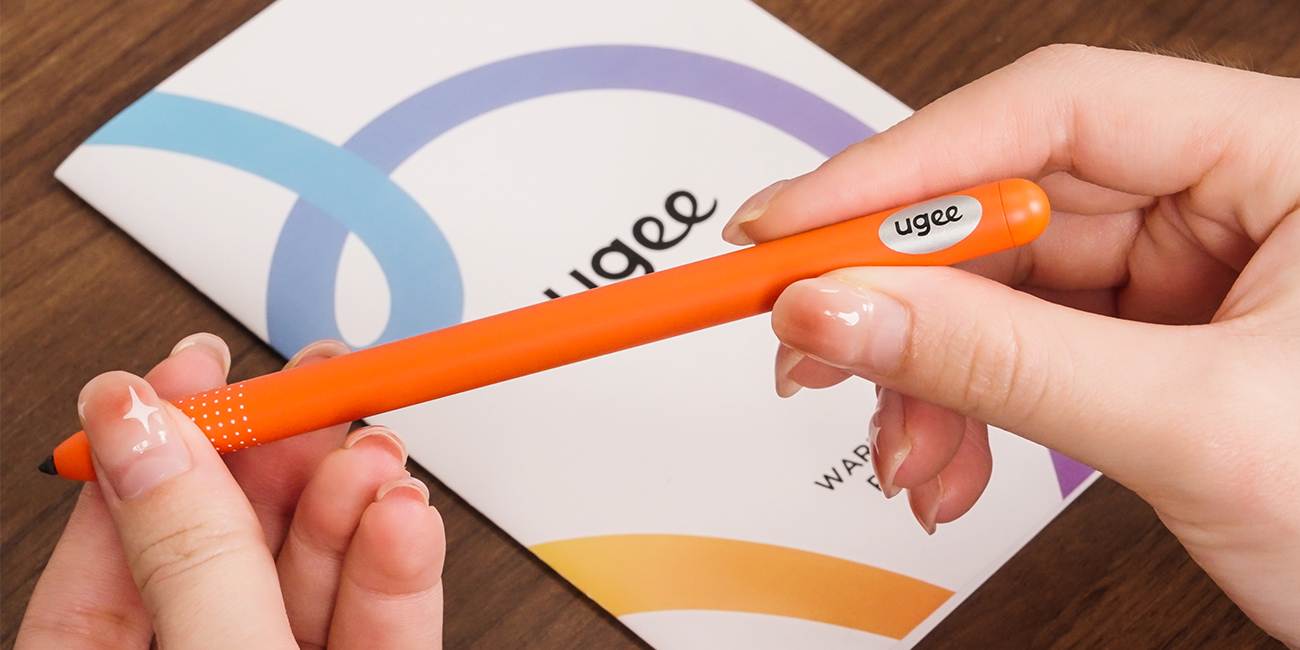
The future of digital drawing tablets is bright, with ongoing advancements promising even more immersive and intuitive experiences for digital artists.
Speculate on upcoming features, such as enhanced haptic feedback and AI-assisted design tools, that may further transform the digital drawing landscape.
ugee UT3 comes pre-installed with an AI drawing app called PaintPal. This tool allows users to brainstorm and create artwork even if they lack advanced drawing techniques.
The drawing tablet is an electronic drawing pad with a pressure-sensitive stylus and a high-resolution surface, designed to translate hand movements into precise digital strokes for artists, designers, and creators. It acts as a bridge between traditional art tools and modern software like Photoshop or Clip Studio Paint, enabling natural workflows for sketching, photo editing, and animation projects.
Today, not only artists but also business people should have some knowledge of digital art. Whether it's for store images, renderings, or promotional videos created with Photoshop or similar software, it's never too late to try using a drawing tablet to improve your workflow.
Next, let's explore how to use a drawing tablet for both creative drawing and work tasks.
First, you need to connect and set up your drawing tablet. Let's see how to do step-by-step.
Step 1. Use the supplied cable to connect your drawing tablet to your computer.
Step 2. Download and install the latest driver from the manufacturer's website
Step 3. Calibrate the tablet if needed to ensure accurate pressure sensitivity and stylus response.
Recommended Software:
- Krita – A free, open-source program that serves as the perfect free drawing software for beginners.
- Procreate – An iPad-exclusive app that emphasizes portability, often searched as the best iPad art app.
Use Cases
- Doodling Practice: Enable brush stabilization (technical detail: brush stabilization) to create smooth, spontaneous sketches.
- Tracing and Learning: Import an image into a layer and reduce its opacity for tracing practice (pro tip: how to trace images).
Recommended Software:
- Adobe Photoshop – The industry standard, renowned for its extensive features including Photoshop brush settings.
- Clip Studio Paint – Favored by illustrators and comic artists, with powerful tools such as the animation timeline tutorial feature.
Advanced Techniques:
- Custom Brush Creation: Fine-tune your brushes by adjusting texture grain mapping.
- Efficient Layer Management: Utilize keyboard shortcuts to switch between layer blending modes (efficiency tip: speed painting workflow).
Recommended Software:
- Microsoft Whiteboard – Ideal for real-time collaboration, often associated with remote team collaboration tools.
- Zoom Whiteboard – Perfect for meeting annotations, frequently searched as how to annotate in Zoom meetings.
Application Scenarios:
- Flowchart Creation: everage auto-shape detection to quickly produce professional diagrams.
- Proposal Annotation: Save annotated notes and export them as PDFs.
And so, our story of the digital drawing tablet concludes. For further insights into the world of digital drawing, please feel free to share your thoughts and questions in the comments.
ugee is happy to be your artistic ally!
Please select your country/region
North America
South America
Oceania
Europe